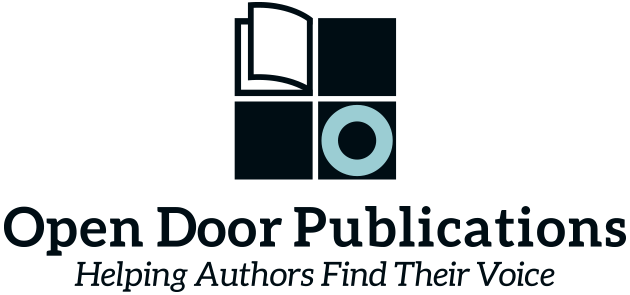When I hear the word “trope,” I used to think of a hackneyed writer just getting by using the same tired formulas over and over again. Recently, I was given a new way of outlining my writing to ensure that, whether I am writing fiction or nonfiction, I keep my readers’ interest.
First, let’s take a look at the word “trope.” When I looked up the word, I learned way more than I expected. It has its origin in Greek rhetoric, and according to dictionary.com, the oldest meaning of the word is “any literary or rhetorical device, as metaphor, metonymy, synecdoche, and irony, that consists in the use of words in other than their literal sense…a phrase, sentence, or verse formerly interpolated in a liturgical text to amplify or embellish.”
The meaning has expanded over time, however, and now is often used to describe plot conventions and themes. Genre literature is often associated with tropes. In fact, certain popular ones are often used as keywords on Amazon. I’ve even seen them used as subtitles in some genre books: “a small-town romance,” or a “never too late for love romance.” (Okay, now you know what I read in my spare time.) The keywords help to subdivide a large genre into sub- and sub-sub groups, and many readers find them a very helpful way to find exactly the type of book they are looking to read.
These uses left a bad taste in my mouth when I heard the word, but in a writing mastermind group I have joined, the leader gave me a new way to look at this technique.
Being aware of tropes, he explained, helps writers to “hit the right beat at the right time.” This not only keeps up the reader’s interest, it also keeps the writer from missing key elements in the story. In other words, it can help make a good story even better.
You may have never thought of some of these as plot devices, but once described, you’ll find many of them are familiar. Here are four common tropes.
The Hero’s Journey: The hero (or heroine), often with a faithful sidekick or group of companions, goes on a quest. In the process, he not only finds the object he is looking for but discovers something about himself. As old as The Odyssey, this is a common theme in sci-fi and fantasy, but can be found in many other types of literature as well.
Enemies to Lovers: A common romance plot. The name explains itself.
The Double Cross: This is a plot that is useful in every genre. A trusted advisor, friend, etc., is actually working for the other side. Even the Bridgerton books (and yes, the Netflix series was a book series first) uses this plot.
The Virgin’s Promise: A coming-of-age tale, in which the young heroine (or hero) learns something about herself and saves the world, becomes queen, gains a new career, or just helps her small town or her family.
Of course, there are countless others. And luckily, there are also a number of websites that can give you ideas if you are stuck or help you to outline your book. Here are a few good sites to check out.

